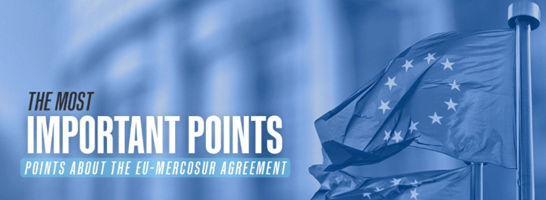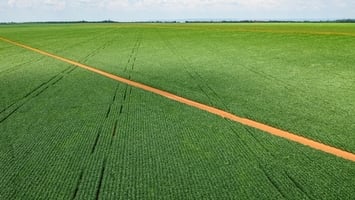Click on the picture to visualize the overview
Latin America looks to achieve decent water management
More than 160 million Latin Americans do not have access to safe water, and more than 430 million do not have access to safe sanitation in the regional context. To reach the Sustainable Development Goal number 6 in the region, a better financing environment that includes the right policies, a decent institutional framework, viable projects and the experience and staff to properly design and implement the projects is needed.
Latin America is rich in water, and there are several examples where Latin America is fairly advanced with respect to water governance. An example of this is Brazil’s management of its many river basins. Accepting that all users had an interest in the management of the water basins, Brazil has paved the way for a participatory approach to managing water supplies. Consequently, users from across the spectrum – water supply companies, energy providers, state- and government representatives are involved in the decision-making process. This approach was initiated in São Paulo, but it is today embedded in both federal and state law.
Although Latin America is rich in water, the water resources are unevenly distributed. In some areas there is an abundance of water, but there are also large areas that are arid and semi-arid with recurring droughts. Also, 80% of the rain falls within a few months of the year. Climate change is escalating the uneven distribution, and leads to both floods and droughts.
It is estimated that the lack of quality infrastructure in Latin America causes losses of up to 40% of the drinking water before it even reaches the users. According to the Development Bank of Latin America, there is an investment need of 3% of GDP until 2030, but these investments have not yet materialized.


